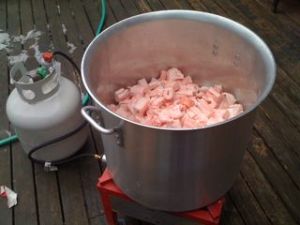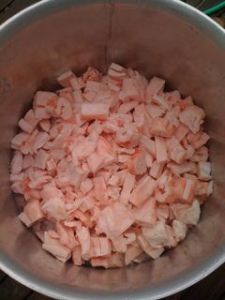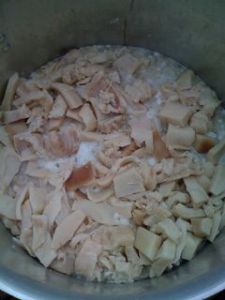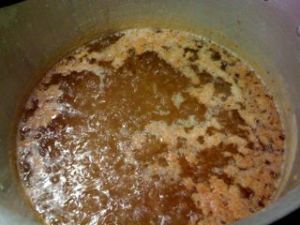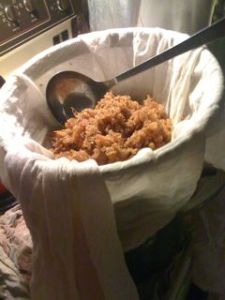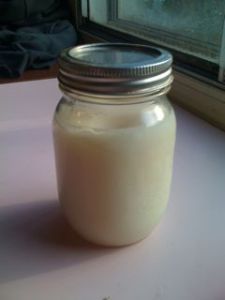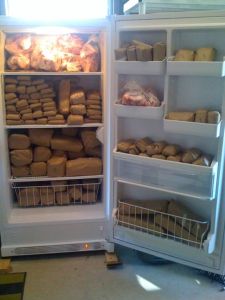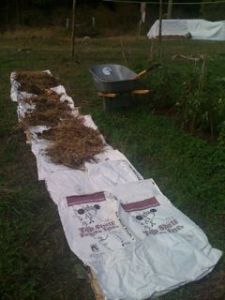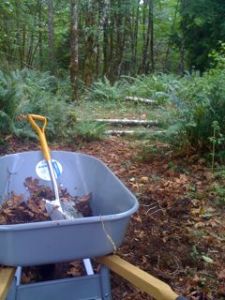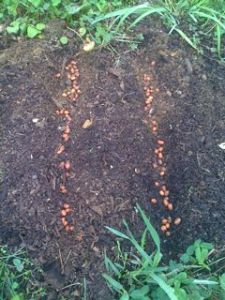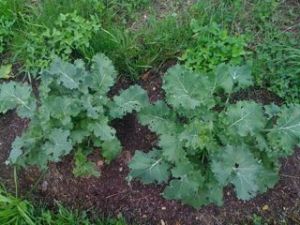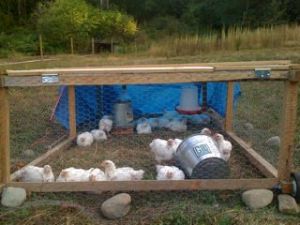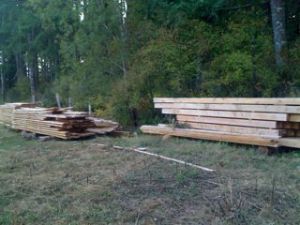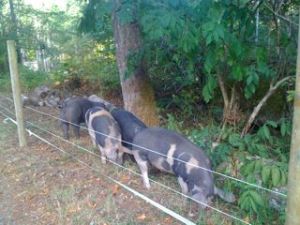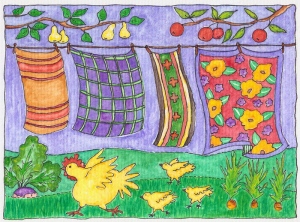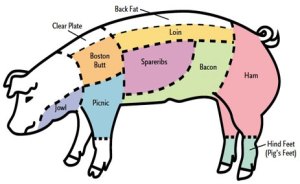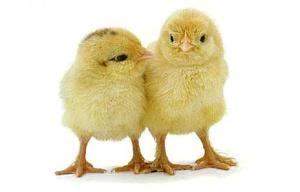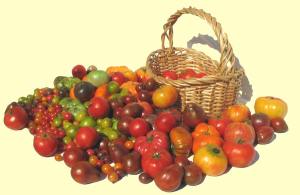On Friday we received 110 lbs of custom-made sausages, which necessitated taking some things out of one of the freezers to make some room. Out came the huge box of pig fat, along with some bones and two halves of a pig’s head. I was disappointed that the latter items would likely have to be disposed of, but I was not going to let the fat go to waste like we did last year. So on Sunday we fired up the propane burner out on the deck, washed out the 60L steel pot, and set to work rendering our fat into lard.
It took longer than expected to trim the fat of any meat still attached, and I had to hand the knife over to Husband after about an hour because my cutting hand was starting to hurt. We added the fat to the pot with some water and sat back to wait. I expected it might take a few hours, having read instructions on the Internet that gave times of 1.5 – 2 hours. However, it turns out they were dealing with much smaller amounts and I ended up having to shut the process down at around 8 pm that night. While stirring it was definitely getting easier, it still didn’t resemble anything like the end product.
The next day I attempted to fire up the burner, only to discover a few minutes later that we were out of propane. I was determined not to give up on the process, but it was pouring with rain and I was alone with the kids, so a trip to the gas station to get another tank was less than appealing. I decided to just put the darned thing on my stove, set two burners onto low, and see if I couldn’t continue the process (note: I discovered that night that I’d burned the stovetop a bit and there were now marks on there that would likely never come off, but given that our stove is almost 25 yrs old I’m not shedding any tears; however, when one day I get a new stove I won’t be doing that again). I was rewarded a couple hours later with the first signs of melted lard: a dark yellowish liquid that looks like cooking oil. I was also delighted to see that we had loads of crackling floating on the top.
A couple hours later I saw that the cracklings had sunk to the bottom and that was the sign I was looking for: it was done. While I let the pot cool a bit I set out every mason jar I could find with a lid. I’d run them all through the dishwasher the day before, and even dried them in the oven. I was thinking I’d attempt to can the stuff so it wouldn’t need to be stored in the freezer (freezer space is a real luxury here, despite the fact that we have 3 full freezers in the garage plus the top compartment of our kitchen fridge). But I simply couldn’t coordinate the sterilization of the stuff with the endpoint of the rendering process so I gave up on that plan. Still, at least I had plenty of clean and dry jars.
But first I had to strain the liquid with cheesecloth to remove the cracklings and any other bits of non-fat. Dealing with such huge quantities of liquid was challenging, but I ended up scooping it out with a small saucepan and straining it over my biggest soup pot. It worked well and didn’t actually take too long. When the soup pot got full I’d pour it out into the jars. When I was done the light amber liquid had filled just over 19 Litres’ worth of mason jars (not all of them are shown in the picture below). I was very pleased, and hoped that the cooled, solidified product would be something close to white. This process also made me realize how handy it would be to have a large farm-kitchen style work surface, and so I added that to my mental wish list.
The most prized lard is that made from “leaf” fat, and is apparently snow white. I used all the fat we had, since I couldn’t tell the difference anyways and I was not interested in making two batches. Not to mention, I rarely ever make pastry so it wasn’t all that important to me. But I figured that the whiter my product was, the higher quality it might be. It’s hard to tell in the light of this photo, but it was actually pretty white in the end so I think I did alright.
Of course the real test would be using the lard. So this morning I had my usual cheese omelette for breakfast, but this time I fried it in half butter, half lard. Then I topped the dish with a generous handful of salted cracklings. I have to say, it was sinfully delicious (and yet not sinful at all!).
Of course no post about lard would be complete without mentioning the fact that this much-maligned substance is now revealing itself to be a healthy food product. I won’t go into too much detail since many others have covered this topic, but suffice it to say that until the fat-hysteria of the latter part of the 20th century, centuries of housewives before me had known that cooking and baking with lard produces wonderful foods. I don’t think any of them would care what the latest scientific analyses of lard tells us about the beneficial fats, the optimal ratios of essential nutrients, or the beneficial effects of saturated animal fats on cholesterol composition and overall health. Lard from pastured pigs is good, healthy stuff and I am thrilled to bits to have such a huge stock of the stuff put up for the year ahead.
And finally, no such post would be complete without a nod to Emeril Lagasse, the first celebrity chef to unabashedly admit that Pork Fat Rules!
